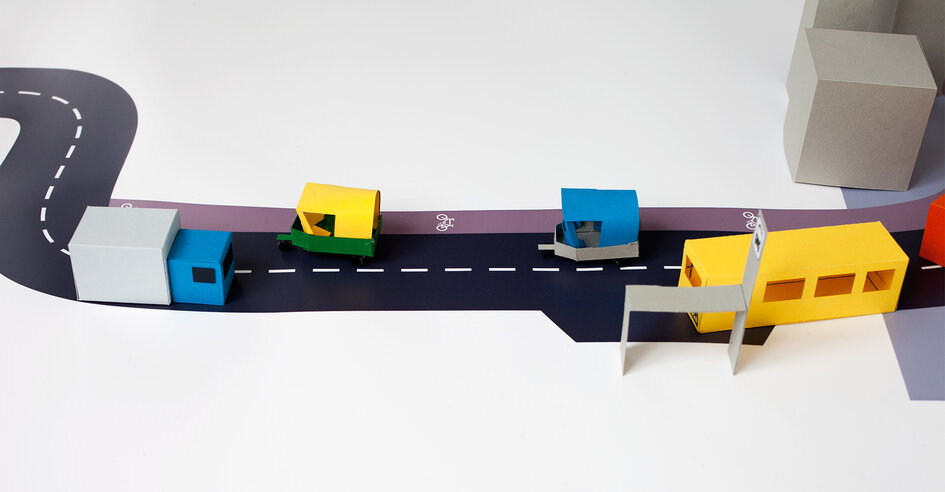
Check out video testimonials from our South African Youth Ambassadors
Port Elizabeth was the destination for our third visit to South Africa to train a group of Youth Ambassadors for Road Safety. The training was a collaboration between the Global Road Safety Partnership South Africa (GRSPZA), the South African Red Cross (SARCS) and sponsored by the Michelin Corporate Foundation.
In 2016 and 2017, we worked with a group of young leaders from across the Limpopo Province. This group undertook road safety actions across the province, in townships, schools and communities. This time round, GRSP worked with SARCS to select a group of young people from the Nelson Mandela University.
The 15 youth ambassadors were selected from over 100 students through rigorous interviews. As part of the SARCS wider peer-education programme, these young people will be working to raise awareness of road safety over the next 14 months across the Nelson Mandela University and beyond.

The training kicked off on 15th July 2019 at the Willows Red Cross Youth Center in Port Elizabeth.
Facilitators Alex Ayub from Kenya and Manpreet Darroch from the UK began the training in the signature YOURS style; upbeat and high-energy.
Read more about our:




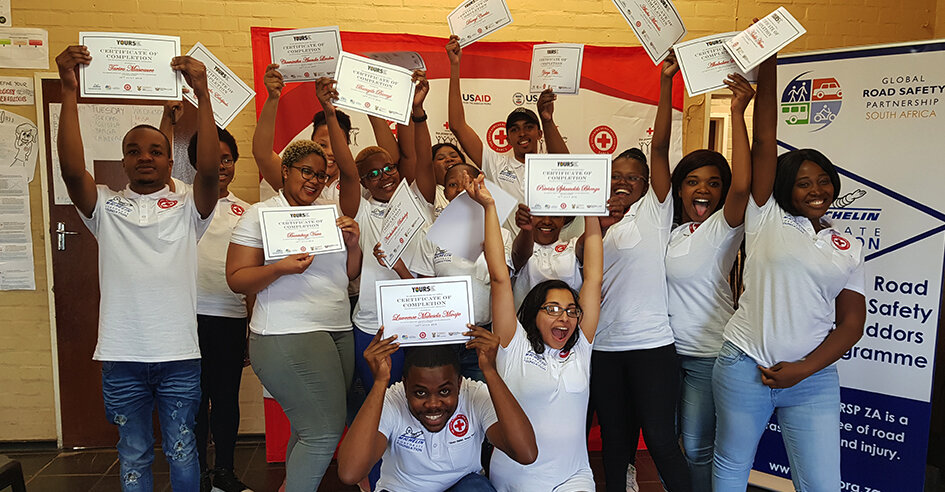

 Facilitators Alex Ayub from Kenya and Manpreet Darroch from the UK began the training in the signature YOURS style; upbeat and high-energy.
Facilitators Alex Ayub from Kenya and Manpreet Darroch from the UK began the training in the signature YOURS style; upbeat and high-energy.

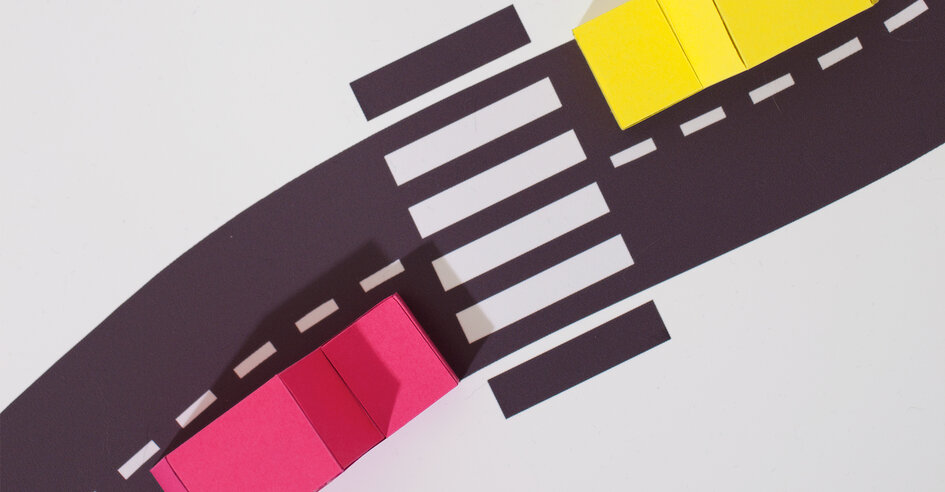

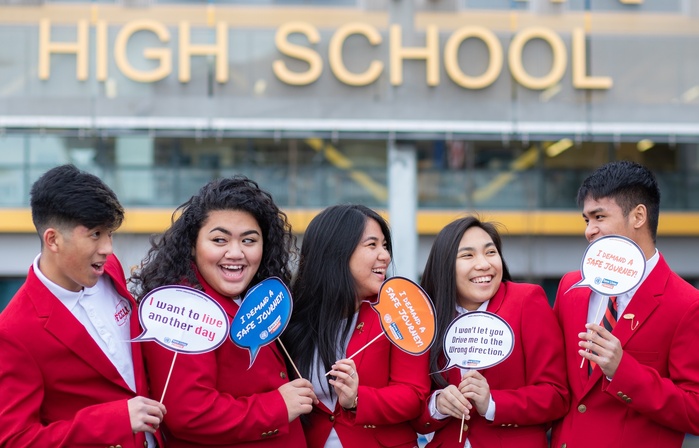
 In 2018 the World Health Organization launched the latest
In 2018 the World Health Organization launched the latest 
 The other side of the coin is for young people
The other side of the coin is for young people 
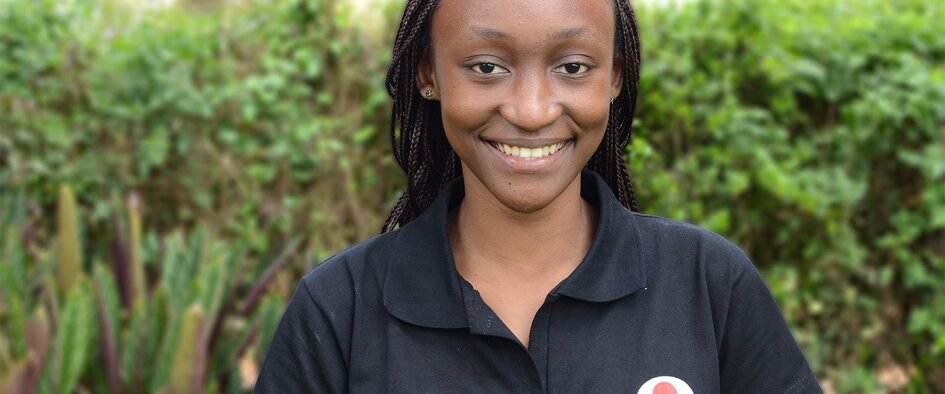
 Lisa’s comments, while frank, carry a note of optimism. She believes that as a country, we can change the situation. What’s more, young people have a role to play – more on this below.
Lisa’s comments, while frank, carry a note of optimism. She believes that as a country, we can change the situation. What’s more, young people have a role to play – more on this below.
 Young people can demand change
Young people can demand change